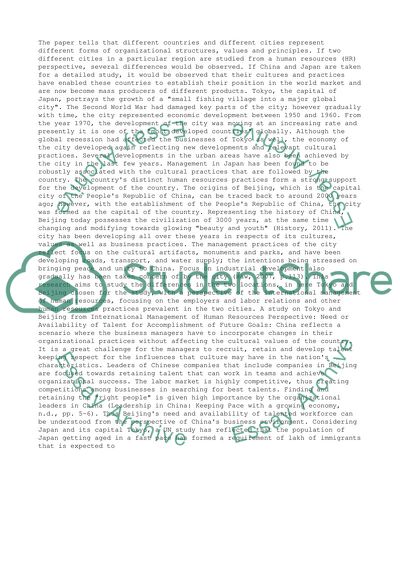Cite this document
(“Managing International Human Resources: A study on Tokyo and Beijing Research Paper”, n.d.)
Retrieved de https://studentshare.org/management/1391216-managing-international-human-resources-a-study-on-tokyo-and-beijing
Retrieved de https://studentshare.org/management/1391216-managing-international-human-resources-a-study-on-tokyo-and-beijing
(Managing International Human Resources: A Study on Tokyo and Beijing Research Paper)
https://studentshare.org/management/1391216-managing-international-human-resources-a-study-on-tokyo-and-beijing.
https://studentshare.org/management/1391216-managing-international-human-resources-a-study-on-tokyo-and-beijing.
“Managing International Human Resources: A Study on Tokyo and Beijing Research Paper”, n.d. https://studentshare.org/management/1391216-managing-international-human-resources-a-study-on-tokyo-and-beijing.


